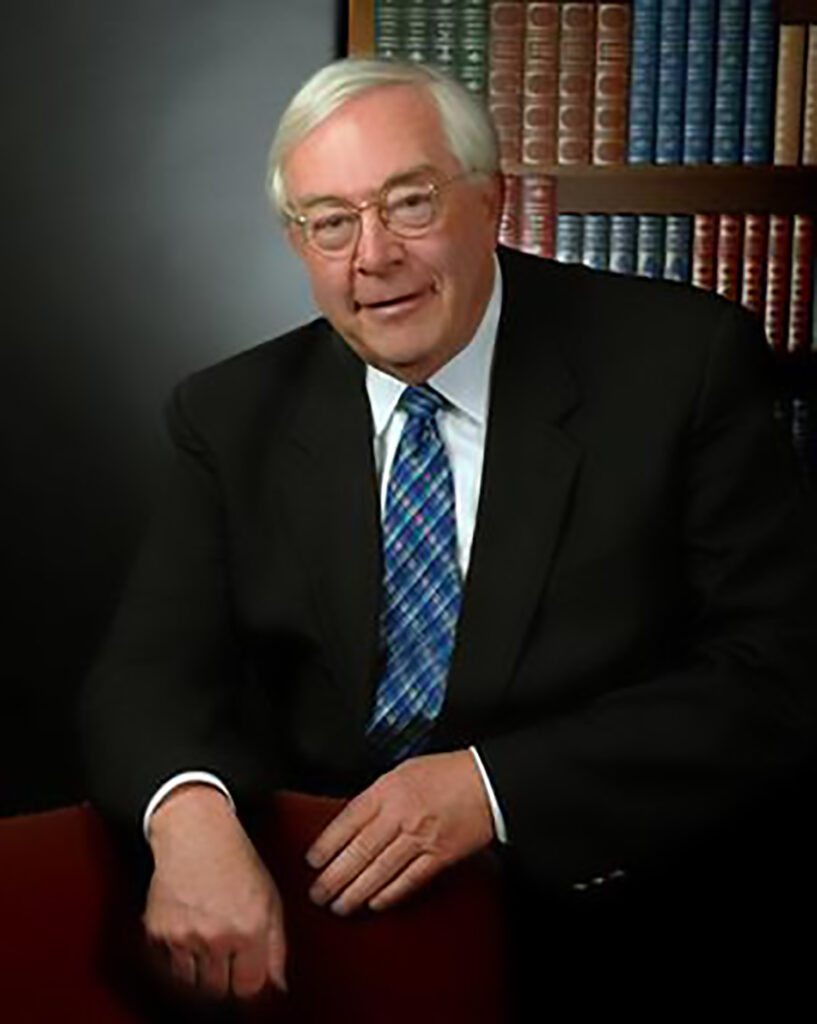
Denver remains unique in American cities because of its Mountain Parks system.
If Denver’s leaders had not acted when they did way back in 1912, all of the land which now makes up the jewels of the Queen City’s crown, the Denver Mountain Parks, would be developed with more ugly architectural monstrosities bulging with asphalt and cement. This puts more pressure on all of us to support the efforts to retain the Park Hill Golf Course as open space.
With the mountains always to the west of us, we who live in Denver tend to take open space for granted. We may be a city short of park space, but thank goodness we can all visit the mountains.
Historians have left us a wonderfully illustrated account of how Denver got its mountain parks, Denver Mountain Parks: 100 Years of the Magnificent Dream. As Tom Noel, recently retired professor of history from University of Colorado at Denver, points out in his outstanding foreword to this book, other cities have mountain lands they call parks. But Denver’s mountain park space includes its own ski area, Winter Park; and a burial place for Buffalo Bill, once the most famous American known to the whole world. What other city has its own fourteener, Mt. Evans 14,264 feet above sea level with the highest paved road to its peak. What other city in America can proudly boast of not one but two buffalo herds? And they are growing in numbers every year.
Can any other city boast of Red Rocks Amphitheater, the only place in Colorado where the famed Beatles played to adoring Coloradoans of all ages back in the 1960’s? Have you ever driven the renowned Lariat Trail developed in 1913?
And did you know Mayor Speer wanted street cars built through Jefferson County to take Denver residents to our own mountain parks? Jefferson County officials did not cotton to that idea much. Today they remain resentful of Denver acquiring more open space around Red Rocks Park. The Jeffco County Commissioners were allowing residential building permits to encroach on the park. Thank you, Ned Burke, for helping Mayor Wellington Webb.
John Brisben Walker, no stranger to our Highlands neighborhood in Denver, bought all the land between the Platte River and Sheridan Boulevard, Clear Creek to Colfax for $1000. He christened his land Berkeley Farm, with a residence near Berkeley lake. His other home was located at W. 34th and Newton Street, made of hand chipped Indiana limestone brought to North Denver by horse and wagons from Union Station. A graduate of a Jesuit high school in Washington, D.C. in 1887 he gave 40 acres to the Jesuits to open what is now called Regis University and High School between Federal and Lowell. Did you know the land south along Clear Creek between Lowell and Federal was originally called “Jesuit Acres”?
John Brisben Walker’s original plan for Denver’s Mountain Parks system called for over 41,000 acres of mountain lands, covering eight square miles ranging from Turkey Creek Canyon on the south to Mt. Vernon Canyon on the north with Bear Creek Canyon in the center, “all within 10 miles of the city.” This quote is from the Denver Post, October 30, 1910.
So Denver’s Mountain Parks Charter Amendment was passed by a thoughtful citizenry in May of 1912. There have always been naysayers to using tax dollars to purchase mountain lands near Denver for park space. Some argued that Denver was simply building park land for Jefferson and other counties. And should not these lands be developed into strip malls, big ugly box stores, huge cement and asphalt parking lots?
Denver’s mountain parks now number 23 with more on the horizon. John Fielder’s magnificent pictures of our mountain parks history text. Ericka Walker, granddaughter of John Brisben Walker, is one of the authors of this must-have text. Lois Harvey of West Side Books near 32nd and Lowell can order you a copy.
If you wish to contribute money to help the buffalo in the Denver Mountain Parks in Jefferson County, you can send a tax deductible donation to the Denver Mountain Parks Foundation, PO Box 201652, Denver, Colorado 80220-7652.
Whenever Denver’s finances look shaky, short-sided wags around city hall often suggest that we just sell off our mountain parks. I remind you what I said in August 2002 in Westword about that hair brained idea. “Denverites were able to hang onto the mountain parks during the Great Depression, and selling them now would be a betrayal. It would be like selling Sloan’s Lake to Edgewater and Washington Park to Glendale.”
And selling off Park Hill Golf Course for development in place of keeping it open space would be a betrayal of all the thoughtful leaders who brought us the inestimably valuable gift of Denver’s Mountain Parks.
The Honorable Dennis Gallagher is a former city auditor, city councilman, state senator, and state representative. He shares thoughts and stories from North Denver’s past and future in his monthly column in The Denver North Star.

Thanks for another great article.
Thank you Dennis Gallagher for this wonderful historical perspective on Denver’s park system. I hope the voters in November pass our “Yes for Parks and Open Space” initiative, rather than accept the short-sighted plan of the Hancock administration to allow development of the Park Hill Golf Course land.
Thank you!,, Honorable Dennis Gallagher!